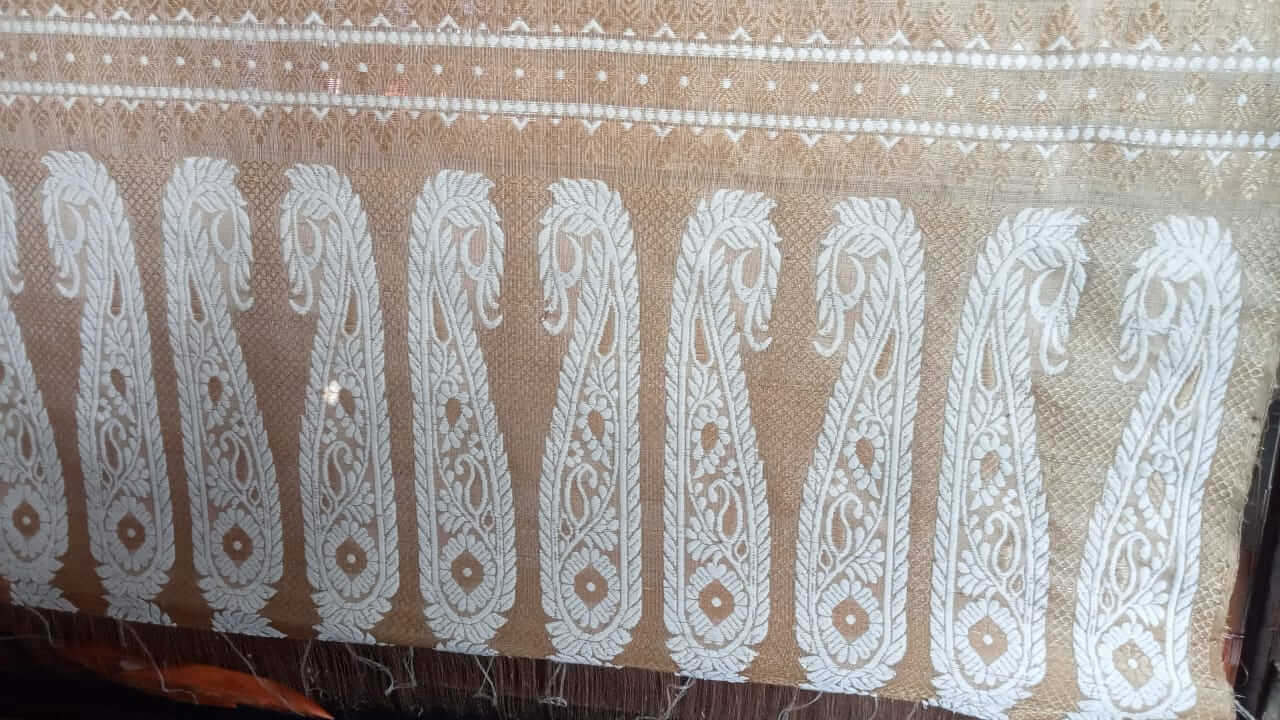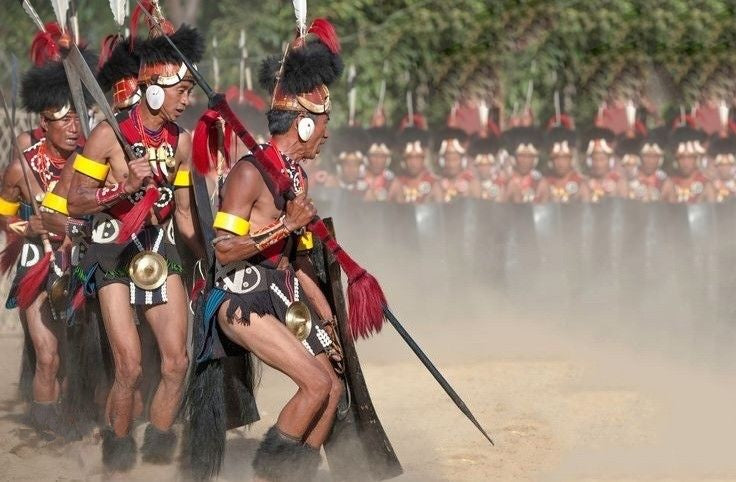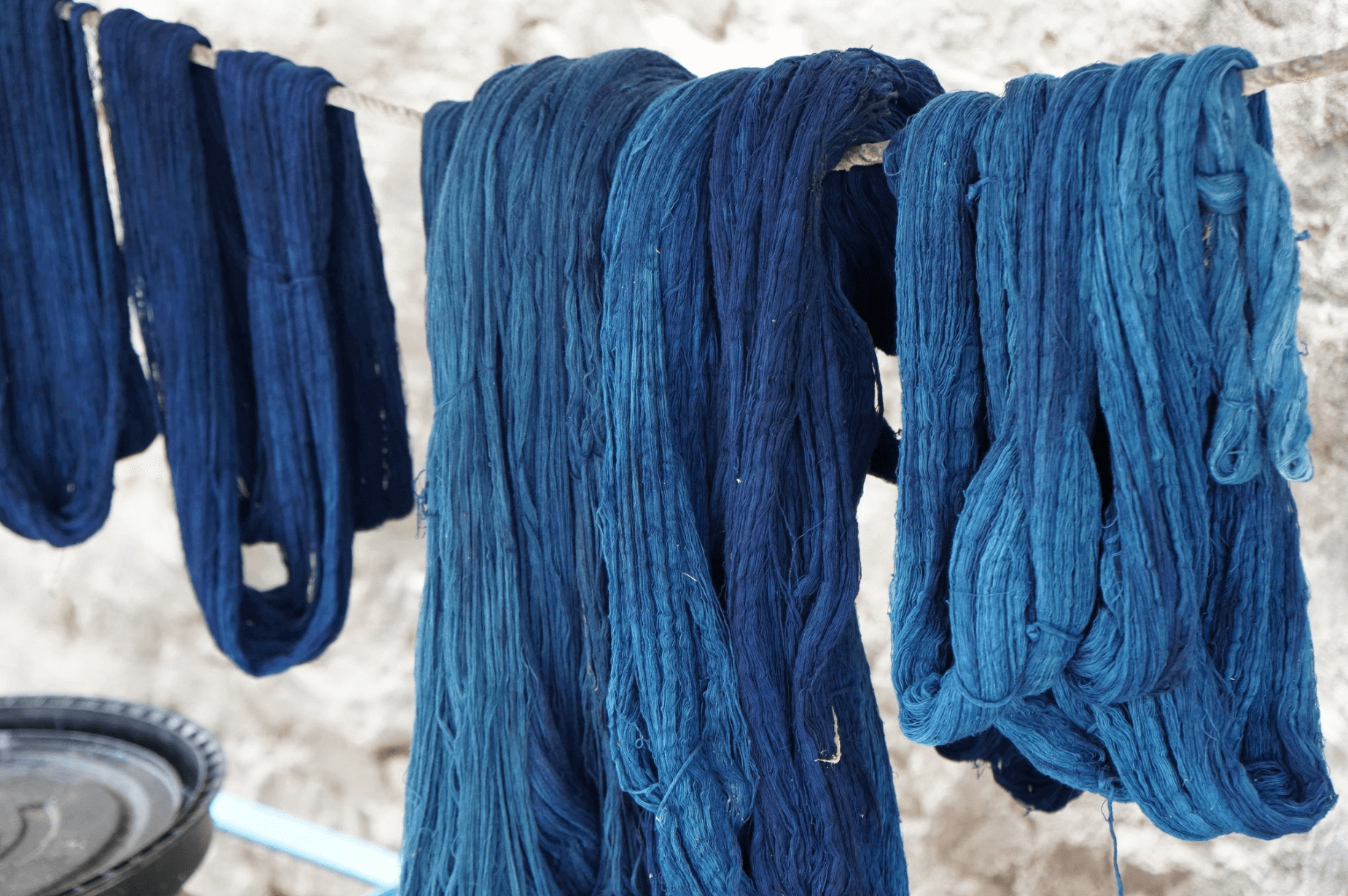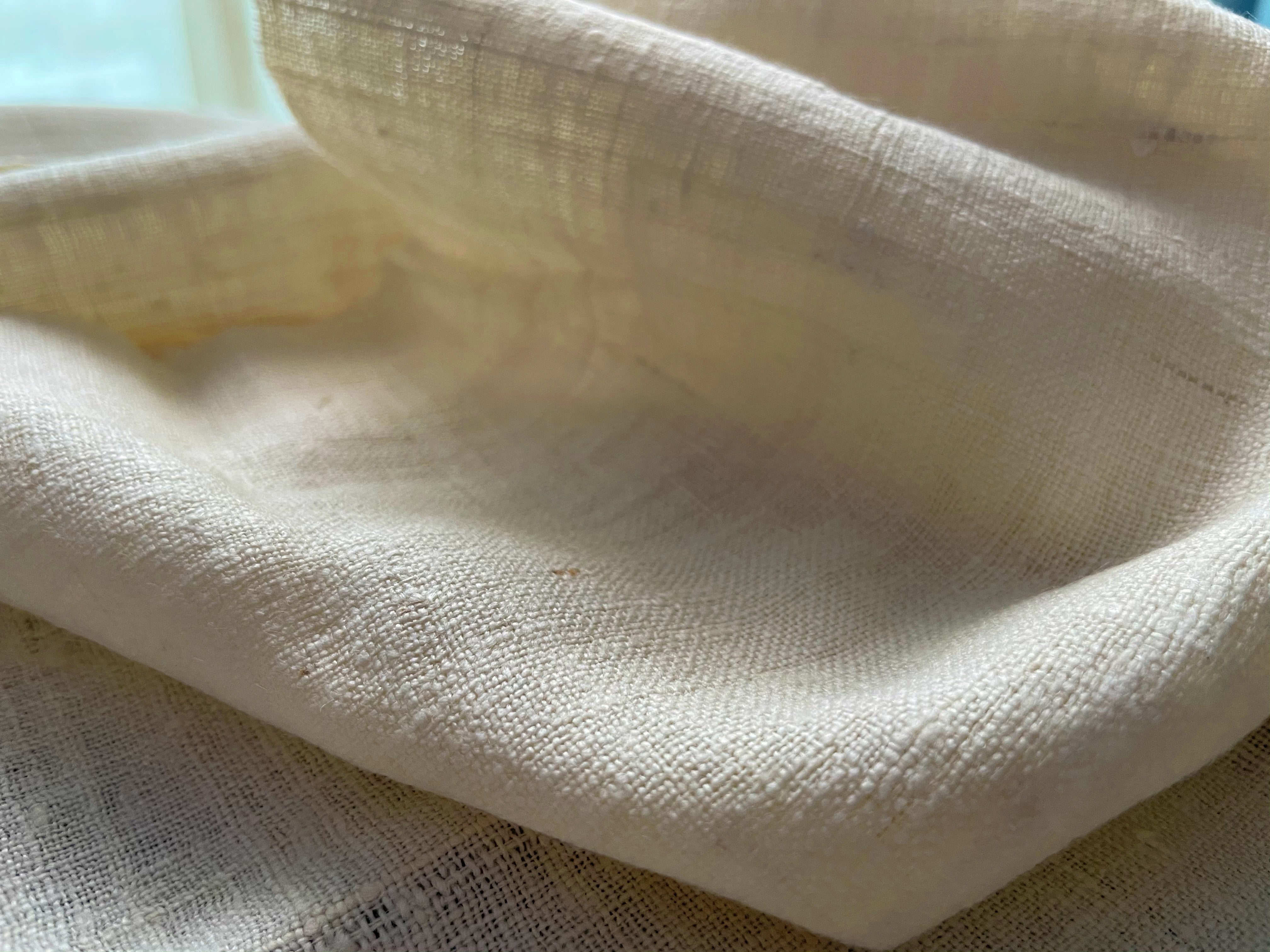Thinking About Getting Muga Silk? Read This First

Before Muga became the coveted silk for a lot of saree connoisseurs, it had few - almost negligible - takers outside of Northeast India until three-four years ago. Most people in India had not heard about it. The few who did, didn't have a way to acquire a favourite piece. A manpasand piece.
Much has changed now. We get such variety online that you don't need to visit Assam to pick up an authentic piece. Nor do you need to coax your relatives travelling to Assam to bring one back. Just find a good textile brand who has expertise in Assam silk and you will be in safe hands.
Although there is much accessibility to Muga weaves in the market, research on Muga silk is very scarce. Hence we don't find much information online. We do not have much study on non-mulberry silk as a whole but research on Muga, in particular, is critical and important for two reasons viz. its natural colour and exclusivity of the region. The naturally golden coloured strands of Muga silk are recognised worldwide as an exclusive silk. Besides, India is the only producer of this silk since the ancient times.
Since we don't have much study material on Muga online, most customers are not well-versed with the seasonal variations of Muga. What does that mean? In summary, the optical properties of Muga yarn changes from golden in summer to honey-tone in autumn according to the seasonal change in the environment. Interesting isn't it?
There's more.

Apart from the season and location, many factors influence the characteristics and quality of your Muga silk saree, e.g. silkworm rearing season, weather, place, hygiene of the silkworm rearing house and also to a great extent, the quality of the leaves on which Muga silkworm feeds. The cocoon crops harvested during Kotia (Oct-Nov) and Jethua (Apr-May) seasons are regarded as superior in terms of reel-ability (non-breakage) and single filament length.
Technical jargons aside, and as the Assamese weavers would say, Muga is not just silk, it is an ecological, heritage marvel.




